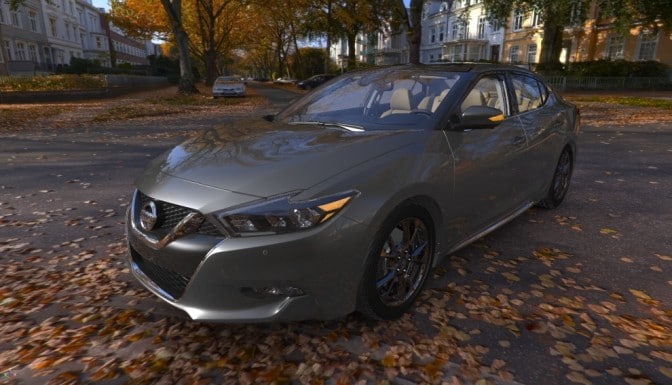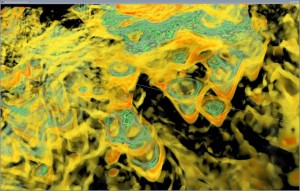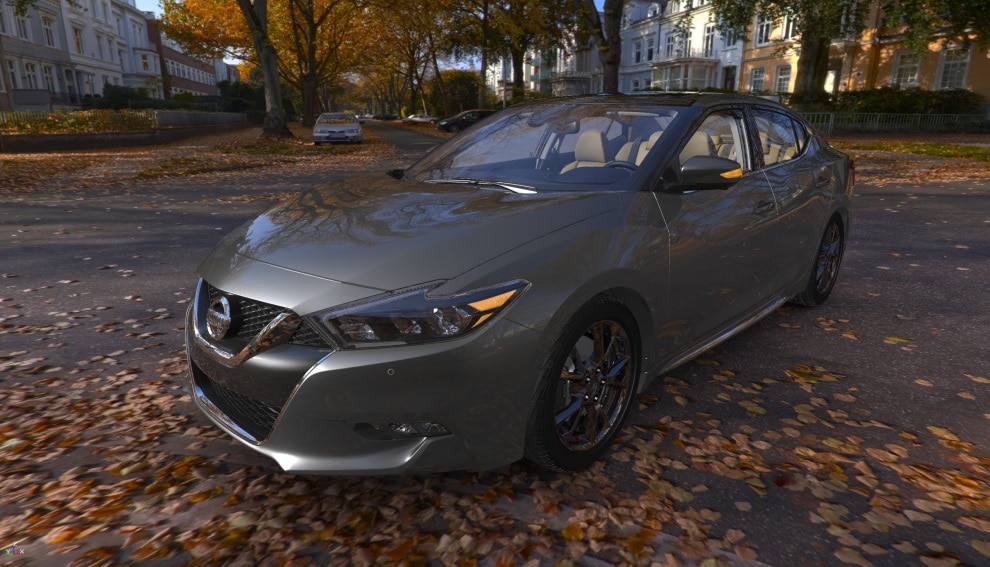Automotive designers, visual effects artists and geoscientists do amazing work while pushing the limits of technology. They also work on impossibly tight schedules. We’re about to make their lives a whole lot easier.
The massive size and sheer complexity of digital models for a car, Hollywood VFX shot or seismic volume can slow down design workflows. It’s difficult to interactively visualize huge digital models in high fidelity without resorting to offline rendering or scaling them way back. The models are just too big to fit in the average GPU’s memory, and the computational demands are too high to enable smooth interactivity.
This creates bottlenecks — for example, multiple meetings are needed to review digital models, make changes and render them offline.
No longer. With the new NVIDIA Quadro M6000 24GB, designers, artists and scientists have double the graphics memory previously available. They can easily work with their largest, most complex datasets, speeding workflows and allowing for interactive collaborative reviews. Ultimately, enabling them to make better decisions faster.

More Memory, Faster Reviews
The huge memory boost of the Quadro M6000 24GB, combined with extreme processing power of our Maxwell architecture, lets designers tap into the power of interactive global illumination for their production environments.
Global illumination models how light bounces between surfaces. With this understanding of indirect lighting and shadows, engineers like those at Nissan Motor Company can spot potential design flaws — such as errant light reflections from mirrors or glare from side window glass — much earlier and then easily address them.
“Global illumination is the pinnacle of design,” said Dennis Malone, virtual prototype engineer at Nissan. “With enough graphics memory, we can make better decisions faster, streamlining everything we do and making our design process more cost-effective.”
Automakers Aren’t the Only Ones Who Stand to Benefit

The new Quadro M6000 24GB allows artists, animators and editors to work up to six times faster on their most complex simulations and interactive visual effects — even those with multiple layers and large numbers of 3D elements. It can all fit in the onboard graphics memory.
“At Sony Pictures Imageworks, we regularly push the limits of our ability to display and interact with very complex scenes,” said Erik Strauss, executive director of software development at Sony Pictures Imageworks. “The Quadro M6000 24GB gives us a 10x performance boost with the throughput necessary to display these types of large scenes smoothly and interactively.”
Geophysicists can accelerate their seismic exploration with the Quadro M6000 24GB by examining substantially larger datasets without cutting down the size of the data or reducing fidelity.
“With the Quadro M6000 24GB GPU, our customers can visualize more data in real time and process seismic volumes and reservoir models with unprecedented speed,” said Robert Bond, product manager for interpretation at Paradigm.

With the addition of the M6000 24GB, the Quadro Visual Computing Platform offers users the most advanced GPU-accelerated rendering capabilities, display technologies and software tools for the creation of the ultimate design workspace and immersive environments. Features of the platform include:
- GPU-powered rendering enables artists to visualize creations with photorealistic image quality and predict their designs more accurately with NVIDIA Iray using physically based lights and materials.
- VR-ready support for head-mounted displays, enabling developers to more efficiently build and users to experience virtual reality creations.
- Quadro Sync, Mosaic and Warp/Blend technologies, for image synchronization and resolution scaling of a synchronized display surface with multiple projectors or displays.
To take advantage of this high level of professional performance, contact one of our many OEMs and distributors worldwide and ask about Quadro professional workstations powered by the Quadro M6000 24GB.
Come see our new GPU in action in a variety of demonstrations at the NVIDIA GPU Technology Conference, April 4-7, at the San Jose Convention Center.
